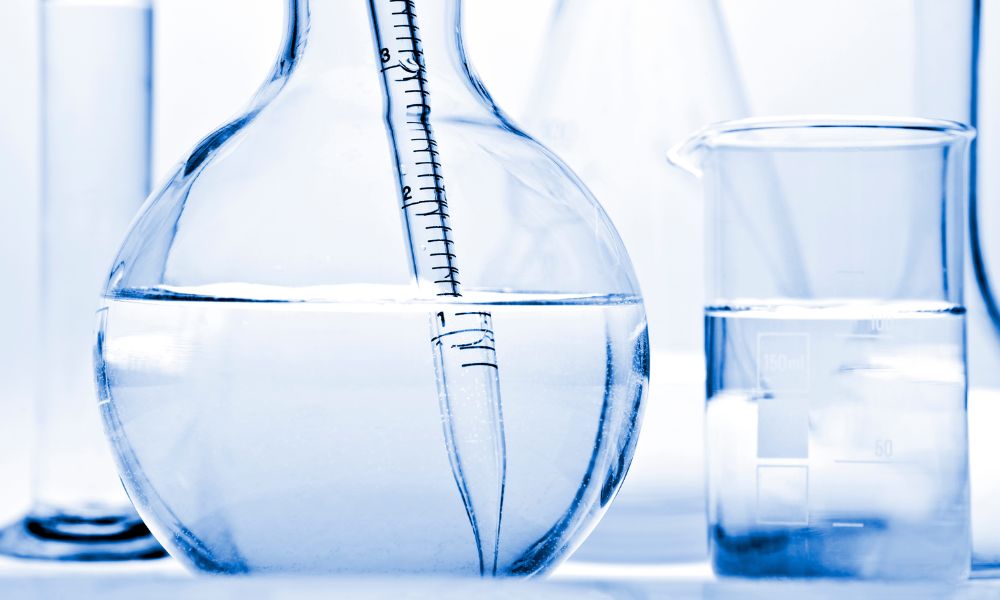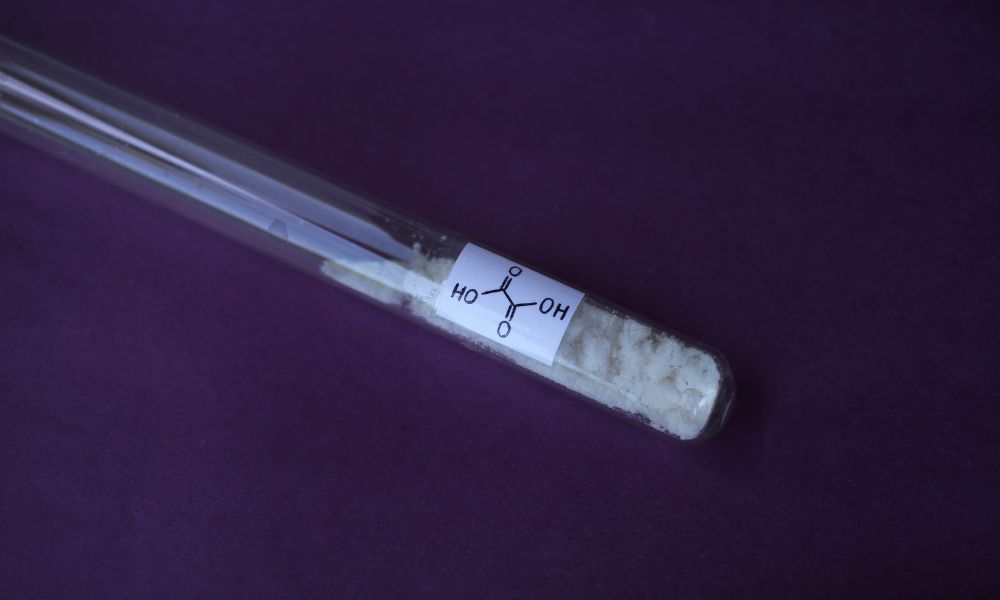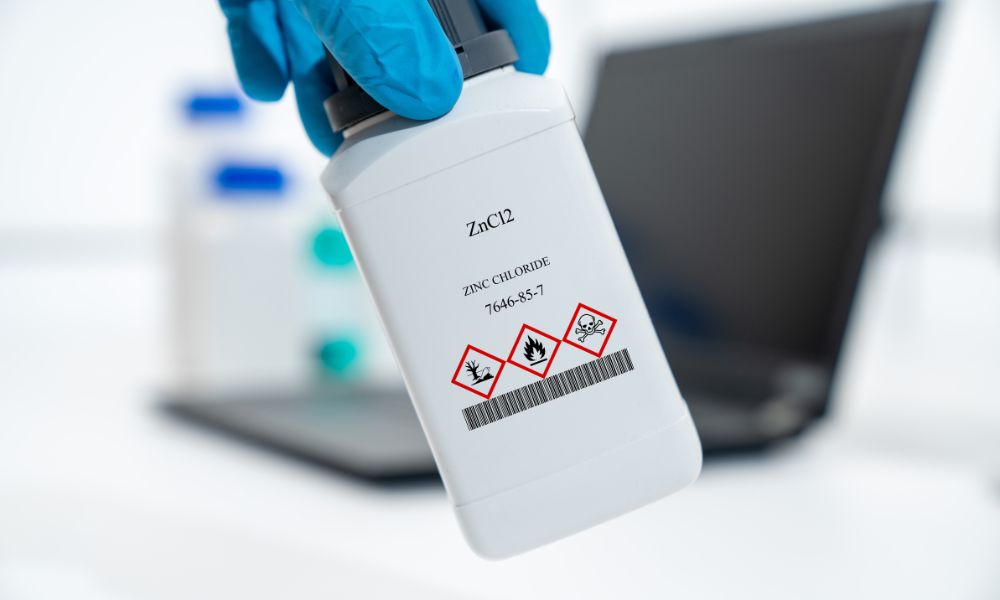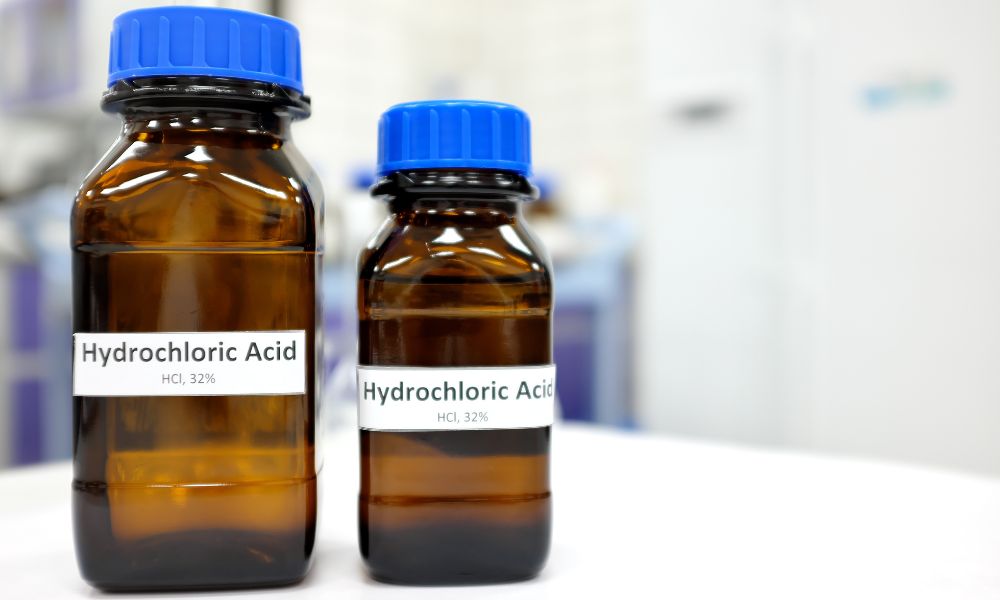
by Andrew Post | Jan 19, 2024 | Uncategorized
Laboratory technicians and scientists depend on the accuracy of their materials and equipment to ensure success in their projects. One crucial aspect of this accuracy is maintaining the purity of lab chemicals. Impurities in lab chemicals can have a significant impact...

by Andrew Post | Dec 28, 2023 | Uncategorized
Acknowledging the various chemical compounds that play a critical role in various processes is important when exploring the analytical chemistry field. Pyridine is one such compound. This short guide will explore pyridine and its role in analytic chemistry, its...

by admin | Dec 13, 2023 | Uncategorized
If you are preparing to work with oxalic acid, it is crucial to know the science behind it, its chemical reactions, and its uses. This organic compound has a molecular formula of C₂H₂O₄ and is naturally occurring in many plants, particularly leafy vegetables like...

by admin | Dec 9, 2023 | Uncategorized
Zinc chloride is a crucial compound used in various industries such as electronics, manufacturing, and metallurgy. However, improper disposal of this hazardous substance can lead to severe environmental damage and pose human health risks. Because of these risks, it’s...

by admin | Dec 1, 2023 | Uncategorized
Hydrochloric acid, a clear, highly corrosive mineral acid, is known for its versatility and widespread use in various industrial processes. Soluble in water, it is a crucial ingredient in multiple manufacturing stages across numerous industries. Delve into this...

by admin | Nov 17, 2023 | Uncategorized
Ethyl alcohol, also known as ethanol, is a colorless, flammable liquid with various applications. It is present in everyday items, from the alcohol we consume in beverages to household cleaning products and even fuel. Because it is so common in daily products, the...







